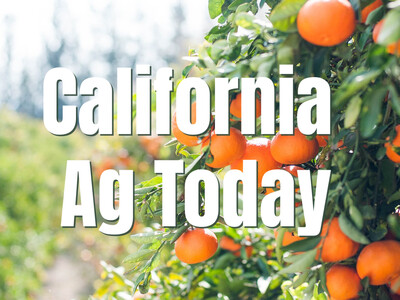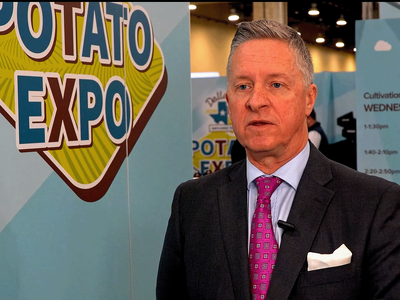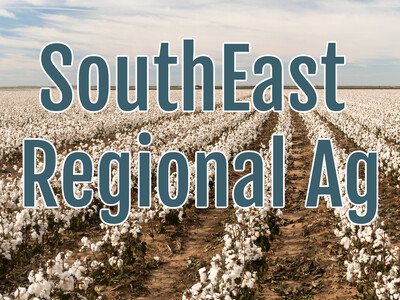Anti-Terrorism Bill & Haitian Relief
Anti-Terrorism Bill & Haitian Relief plus Food Forethought. I’m Greg Martin with today’s Northwest Report.
The U.S. Senate has not decided yet if it will follow the House’s lead in moving a similar chemical anti-terrorism bill but the fertilizer industry already sees problems with what the House did. The House passed legislation in November that increases requirements for fertilizer makers, sellers and users. Farmers would now have to file paperwork to document their chemicals. The Fertilizer Institute’s Pam Gussain says her industry would be forced to substitute new sources of nitrogen for a proven one.
GUSSAIN: Anhydrous ammonia is used as a feedstock for all nitrogen fertilizers and most phosphate fertilizers so at the production level it would take probably take some new science to substitute ammonia in that production process.
When last week’s earth quake hit
Now with today’s Food Forethought, here’s Lacy Gray.
Do it over and over again until you get the result you want. That approach seems to work for gubernatorial elections and now it seems that it will be the approach taken by the Ag Secretary Tom Vilsack over the results of the
Thanks Lacy. That’s today’s Northwest Report. I’m Greg Martin on the Northwest Ag Information Network.














